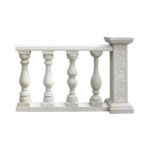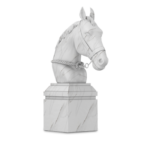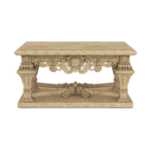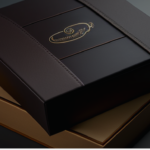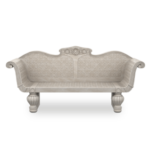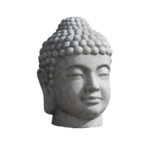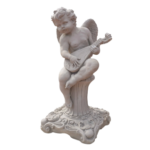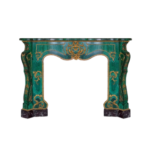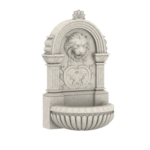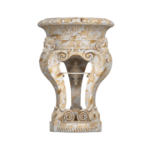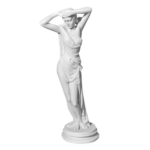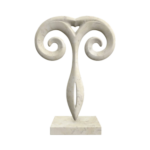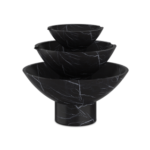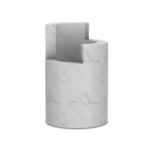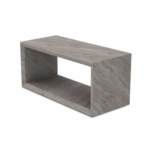December 18, 2020 Author: admin
Marble Art: The History Of Marble In Human History
All through artistry history, stone carvers have explored different avenues regarding a diverse scope of mediums. While cast bronze, cut wood, and terminated earth have established enduring connections, no material has dazzled very like marble.
Prevalent in ancient and contemporary craftsmanship, fine marble arts have an exact spot in many significant craft developments. They are probably among the most famous figures on the planet. Here, we follow the story of the suffering artistic expression, displaying the training’s memorable commonness and demonstrating its immortal notoriety.
Ancient Art
Mesopotamia
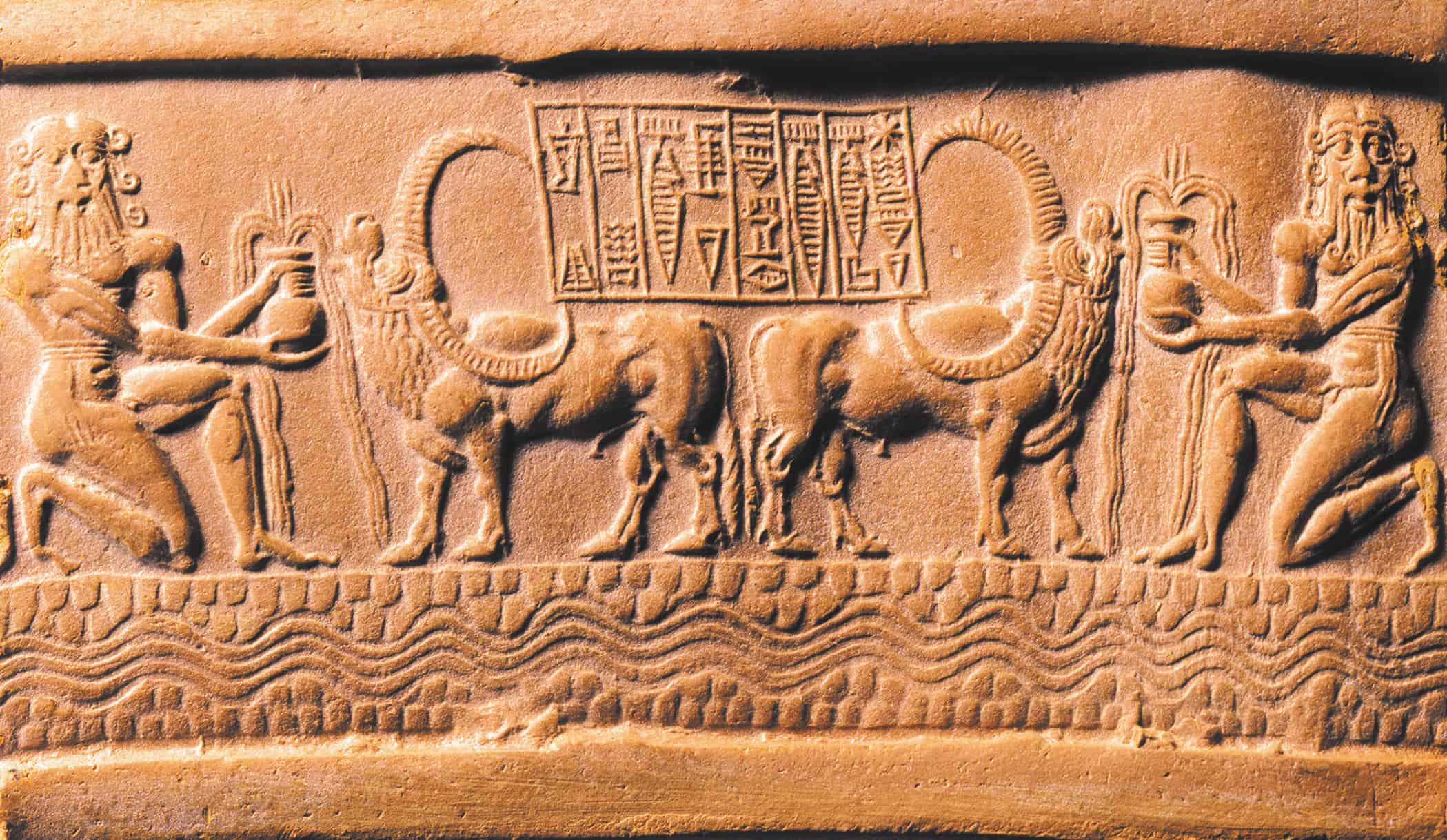
For centuries, artisans have decided on marble, a transformative stone, because of its delicate, simple to-cut creation and the clarity of its surface. In old Mesopotamia, marble was utilized to make unrefined models of creatures (both naturalistic and human) and figures; however, different mediums like limestone, diorite, and earthenware were used all the more often.
Egypt
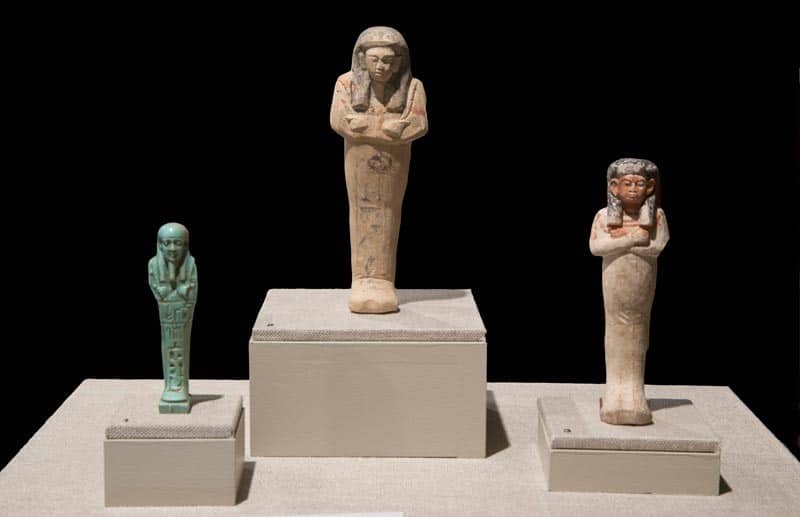
Likewise, old Egyptians masterfully utilized a wide assortment of stone. While limestone and stone were their modes of decision, they periodically used marble to create figures of pharaohs, divine beings, and guards for sanctuaries and burial places. Like the Mesopotamian figures that preceded them, they are crude in the plan, exhibiting level and adapted outlines instead of reasonable structures or exact details.
Greece
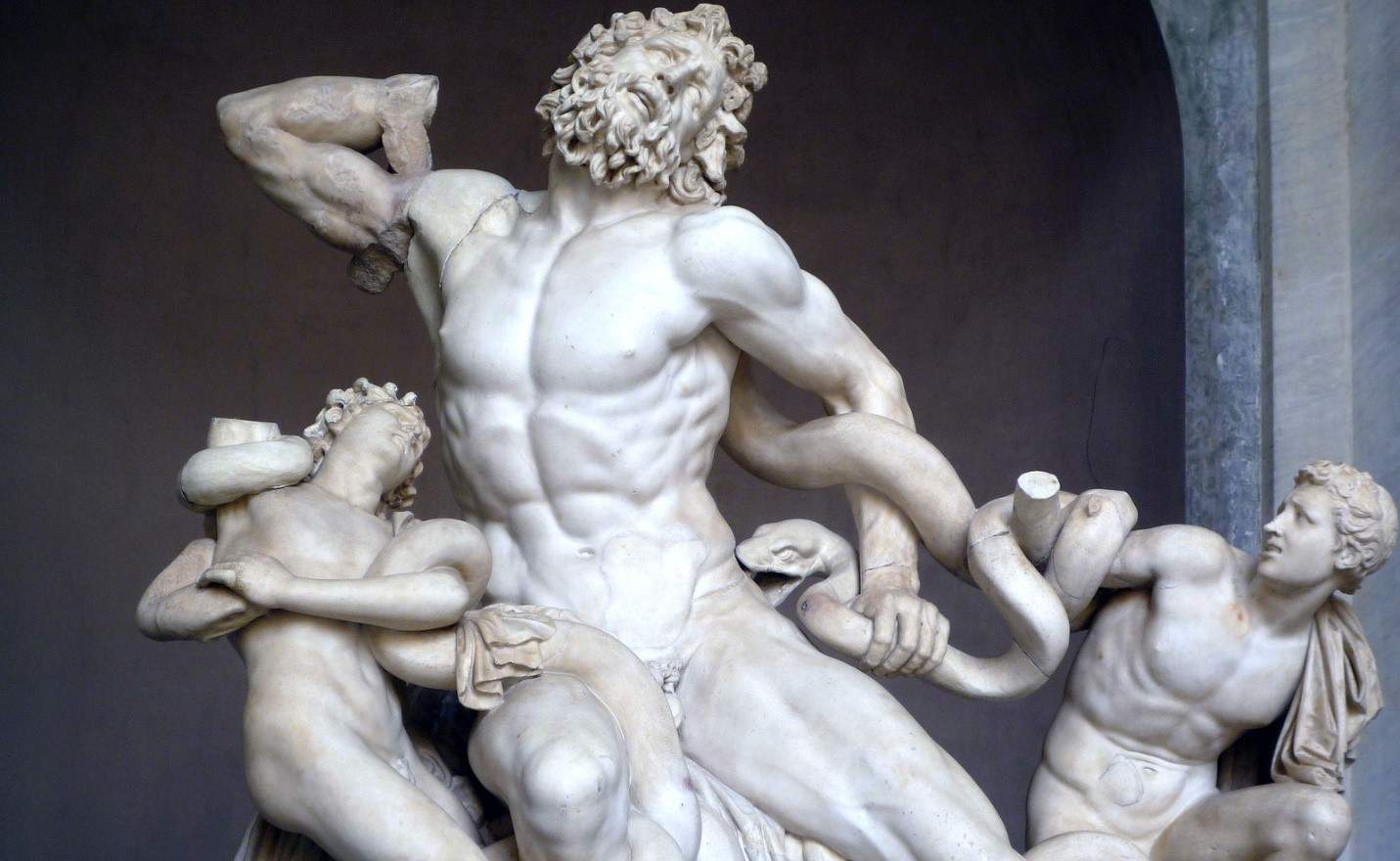
During Ancient Greece’s Archaic Period of artistry (eighth century-500 BCE), specialists started to show expanding marble interests. Even though they delivered with more authenticity than models from going before periods, marble figures from this time are not yet naturalistic, as their demeanors generally remain aloof and their postures pass on little development.
During Greece’s Classical Period (500 BCE to 323 BCE), marble figures rose to conspicuousness. With a particular interest in naturalistic portrayal, Classical specialists started to capably shape lovely unattached sculptures and reliefs that display a surprising tender loving care, glorified view of life structures, and sophisticated chiseling methods.
As of now, Greek specialists frequently picked to exhibit their abilities through the curtain, speaking to sticking and balancing textures through complicated cutting.
Greek artisans based upon these headways during the Hellenistic Period (323 BCE-31 AD) delivered progressively expressive and naturalistic pieces in development. Some notable Greek figures, including Laocoön and His Sons, The Winged Victory of Samothrace, and The Venus de Milo, are from this time.
Rome
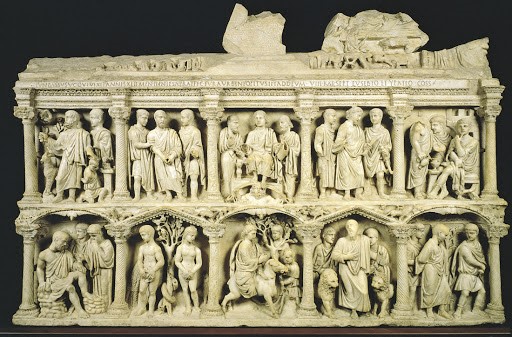
Antiquated Roman artists are transcendently known for two sorts of marble figures: representations, busts, and marble duplicates of Greek bronzes.
During the Republican Era, specialists cut realistic representations of individuals—including political pioneers, military authorities, and history students—from the chest or neck up. Known as busts, these life-sized works are praised for their stunningly naturalistic appearance.
In the Imperial Roman time frame (31 BCE – 476 AD), marble generations of bronze figures from Greece turned out to be progressively mainstream, as “Rome’s success of Greece by the principal century BC oppressed Roman aesthetic taste to the impact of Greek-style” (The British Museum). As a rule, these marble imitations are especially imperative to craftsmanship antiquarians; the same number of the bronze dreams are not, at this point, in presence.
Conclusion
From the Early Classical Greek figure onwards (480-450), no sculpture was finished until it was painted and enriched. Such artwork was an expert assignment performed by a master painter. Although as a general rule, sculptures or reliefs found high up and whose details were less noticeable to eyewitnesses – like the Parthenon frieze – were beautified with more splendid, more non-naturalistic shading colors: hair, for example, maybe painted orange. While those figures situated closer to the ground – like those on the Alexander Sarcophagus – were painted with more realistic shadings. In some cases, the skin was painted, now and then not, eyes, eyebrows, eyelids, and eyelashes were perpetually hued, similar to the hair. On account of significant non-literal figures, eyes may be inset with shaded lacquer or glass, while copper may be applied to the chest’s areolas. For additional details, see Classical Color Palette.
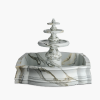
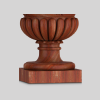

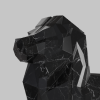
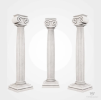
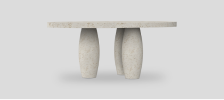


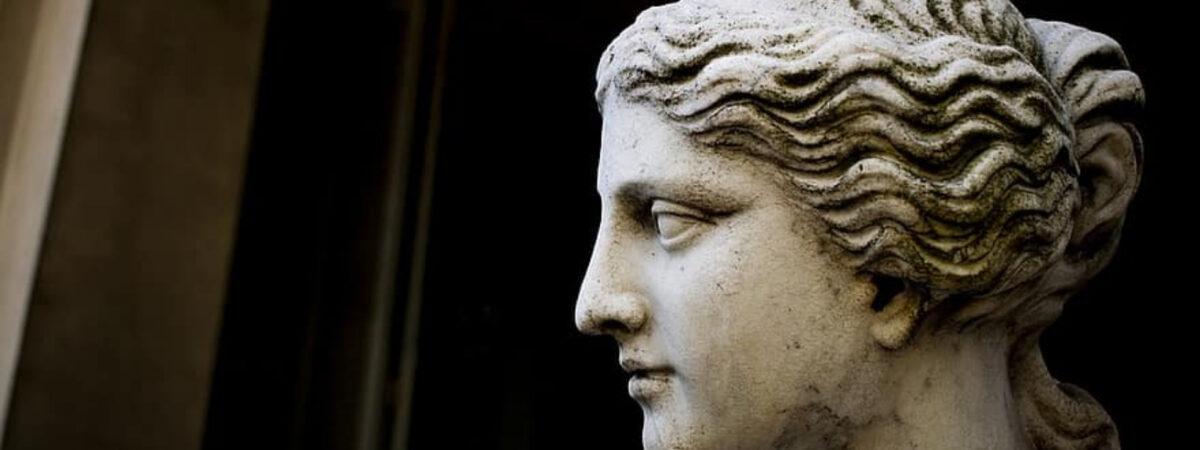

![- 17 Inspiring New Driveway Landscaping Ideas [2022]](https://phpstack-949241-3334629.cloudwaysapps.com/wp-content/uploads/2022/06/dorian-mongel-JM9RCH-cbYo-unsplash1.jpg)
![- 7 Florida Landscaping Ideas To Enhance Your Yard [2022]](https://phpstack-949241-3334629.cloudwaysapps.com/wp-content/uploads/2022/06/derick-mckinney-dlzCGn5LndM-unsplash.jpg)
